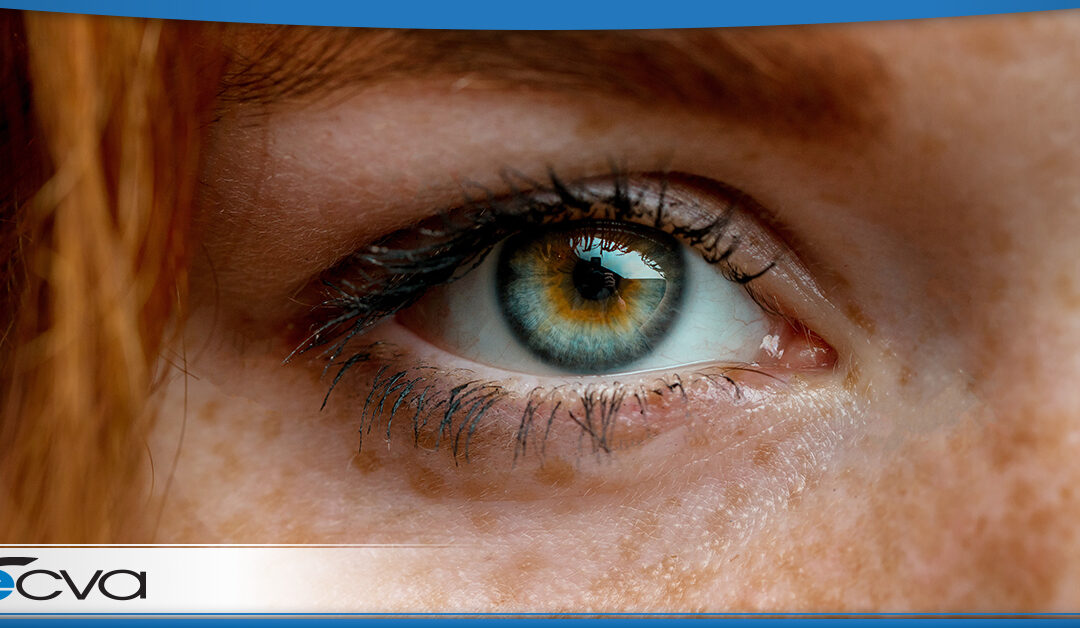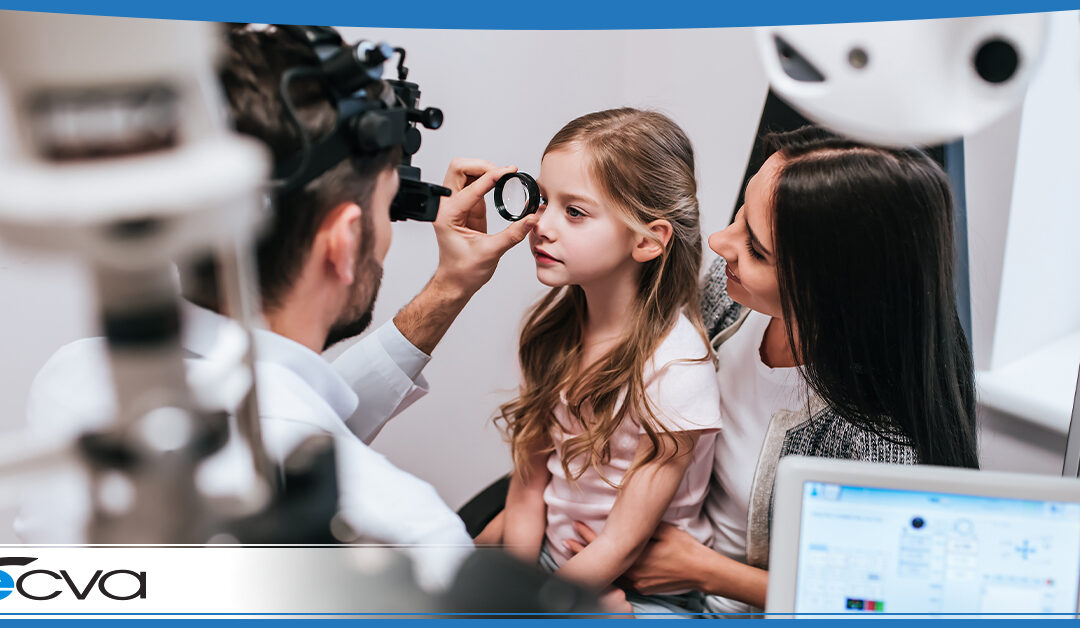
by ecvaeyeadminz | Jul 10, 2024 | Eye Health
Quality sleep plays a vital role in maintaining overall health, including eye health. Sleep disorders such as sleep apnea and general sleep deprivation can significantly impact vision. Below are several ways inadequate sleep can affect your eyesight and ocular...

by ecvaeyeadminz | Mar 12, 2021 | Eye Health
When you experience an eye twitch, it’s common to be concerned. Not only is the sensation uncomfortable or bothersome, but it’s hard to tell if the eye twitching is benign or related to a serious condition. If you are dealing with eye twitching...

by ecvaeyeadminz | Dec 23, 2020 | Eye Health
Strabismus – the technical term for crossed eyes – is a condition where a person’s eyes don’t point in the same direction simultaneously. Typically, it presents with at least one eye pointing up, down, in, or out compared to the other. However, both eyes...




